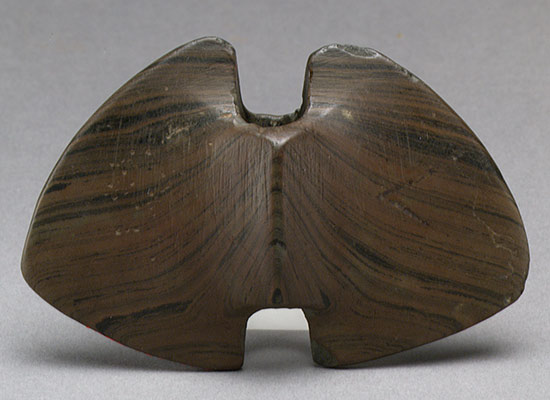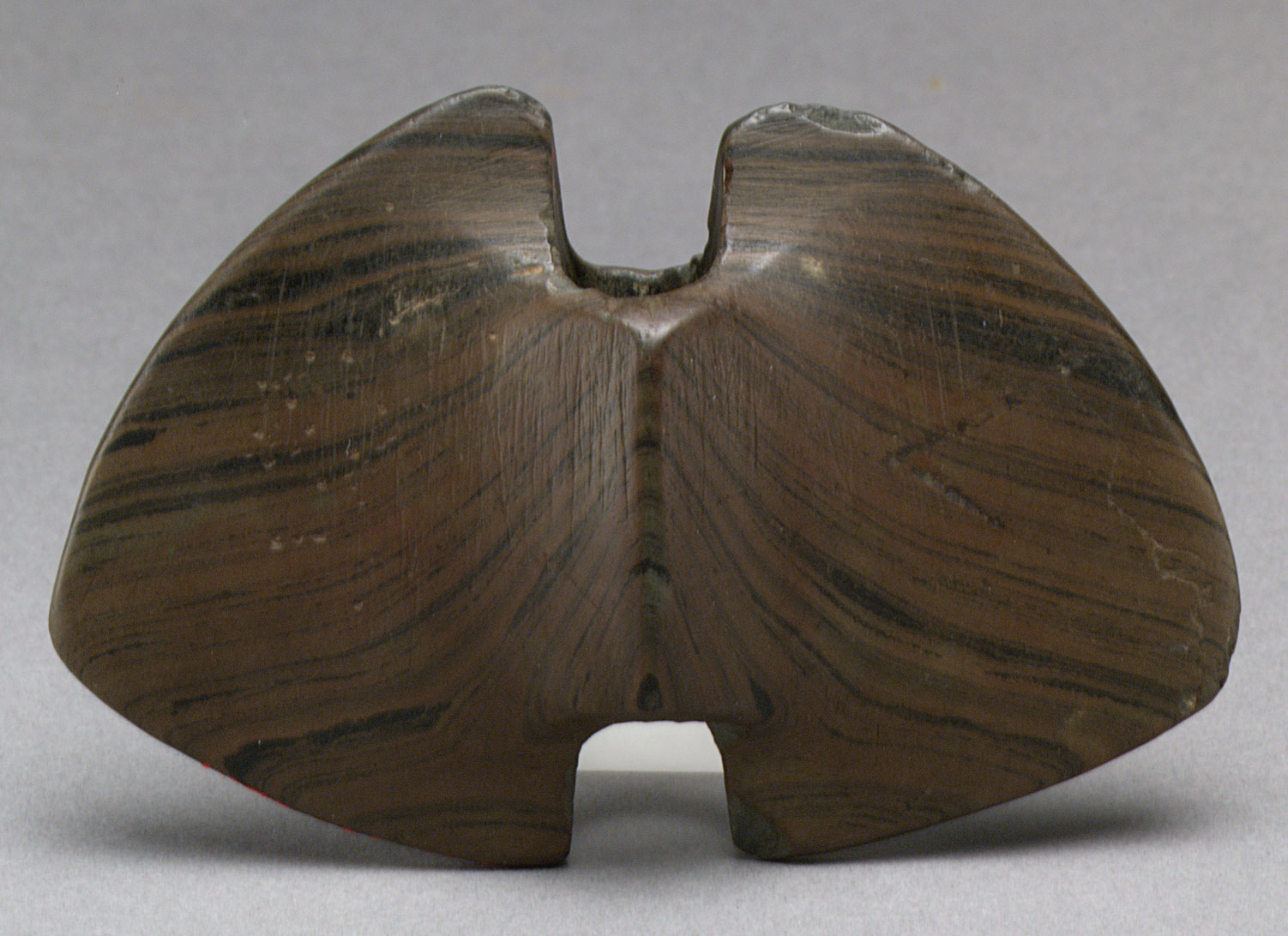Twenty thousand years ago, as the world’s climate begins slowly to warm after the last major glaciation, and Asian peoples cross—or continue to cross—the Bering Strait between Siberia and Alaska, these new Americans spread out through the two large continents. Reaching temperate environments, they begin to diversify. While continuing to hunt game for food, they also gather edible plants and shellfish. Shelter is found in caves or rocky outcroppings, or built in tentlike structures of wood and animal skin. Weapons and tools are fashioned from wood, stone, and bone. Cordage, netting, and basketry develop and fiber-tempered pottery is eventually fired. The practice of placing significant burials beneath earth-and-stone mounds is initiated.
North America, 8000–2000 B.C.
Timeline
8000 B.C.
6500 B.C.
EAST OF THE MISSISSIPPI
WEST OF THE MISSISSIPPI
6500 B.C.
5000 B.C.
EAST OF THE MISSISSIPPI
WEST OF THE MISSISSIPPI
5000 B.C.
3500 B.C.
EAST OF THE MISSISSIPPI
WEST OF THE MISSISSIPPI
3500 B.C.
2000 B.C.
EAST OF THE MISSISSIPPI
WEST OF THE MISSISSIPPI
Overview
Key Events
-
ca. 8000 B.C.
American Archaic cultures are those that occur between Paleoindian hunter groups and the peoples who have realized some combination of pottery making, burial mound construction, and garden technology. The combination varies from area to area.
-
ca. 5000 B.C.
Indian Knoll and other shell-mound sites along the Green River, in Kentucky, begin to be occupied.
-
ca. 4000 B.C.
Small conical burial mounds are the earliest earthworks along the Mississippi.
-
ca. 3500 B.C.
People of the Old Copper culture around the Great Lakes use native copper for tools.
-
ca. 3000 B.C.
Lovelock Cave, an open rockshelter in western Nevada, is inhabited, and remains in use until historic times. Large quantities of perishable materials such as bird decoys, baskets, basketry items, featherwork, and skin blankets are discovered there.
-
ca. 2500 B.C.
Pottery is made in the lower Savannah River valley of Georgia and South Carolina.
Citation
“North America, 8000–2000 B.C.” In Heilbrunn Timeline of Art History. New York: The Metropolitan Museum of Art, 2000–. http://www.metmuseum.org/toah/ht/?period=02®ion=na (October 2000)
Related
Map

Primary Chronology
Secondary Chronology
See also
Keywords
- Americas
- Boston
- Brooklyn
- Canada
- Chicago
- Hawaii
- Mexico
- Mississippi
- Native American Art
- New England
- New Orleans
- New York
- North America
- Philadelphia
- Puerto Rico
- Rock Art
- San Francisco
- United States
- Prehistoric Art
- 8th Millennium B.C.
- 7th Millennium B.C.
- 6th Millennium B.C.
- 5th Millennium B.C.
- 4th Millennium B.C.
- 3rd Millennium B.C.

